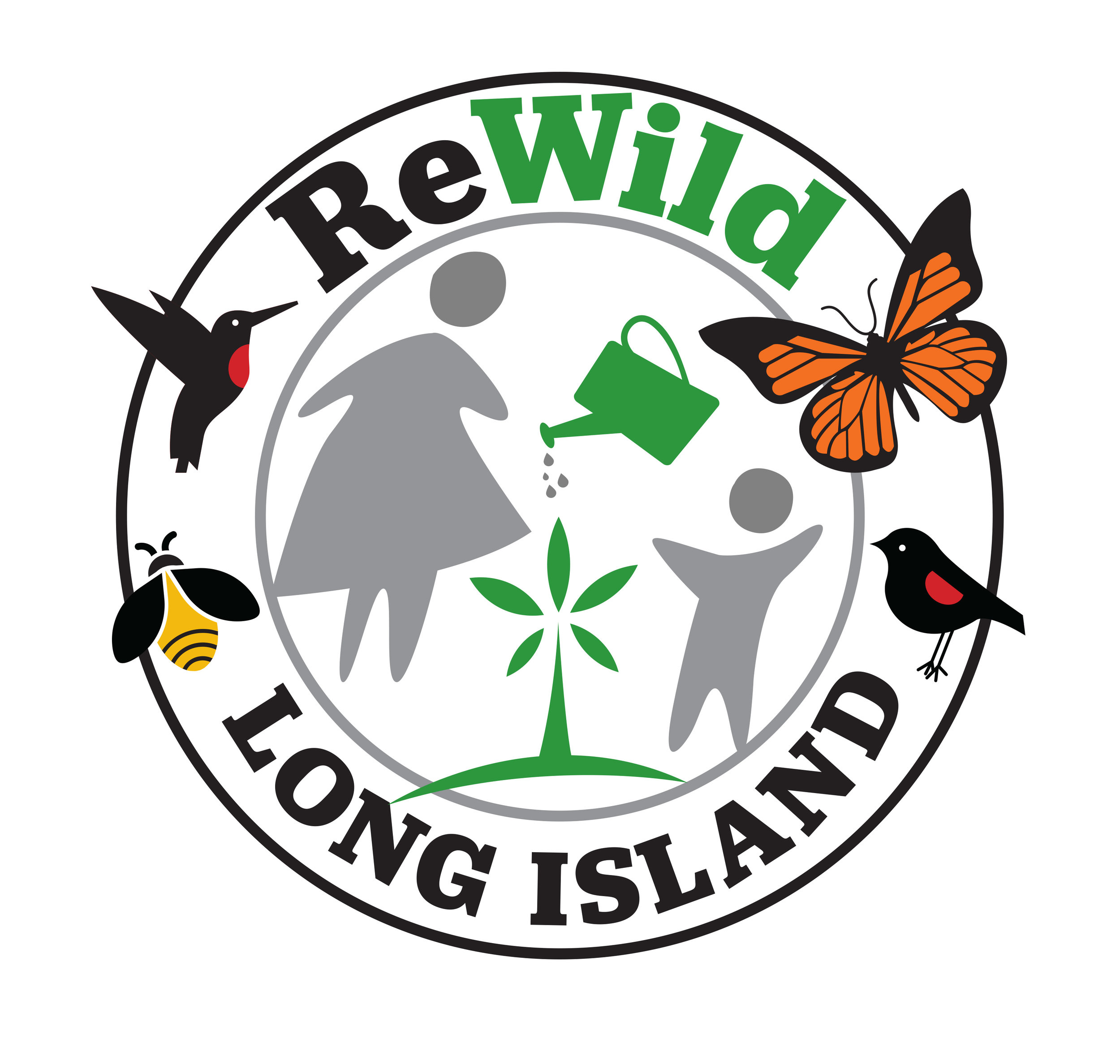The Monarch of April
Max Goldman, high school senior and nearly lifelong port Washington resident and environmentalist, has contributed this observation on phenological mismatch, on his spotting a lone Monarch way too early in the season. Freak of nature or something more systemic and insidious?
This blog post was sparked from a startling observation–a monarch butterfly in my backyard (in April). To most this doesn't seem like an issue. It was spring after all, and with warming temperatures come butterflies. The monarch butterfly, however, should not be in Southern New York until mid May, so why was this symbolic pollinator in my yard in late April?
After some discussion with Hildur Palsdottir and David Jakim, there seem to be two conclusions regarding the monarch. The first being that it was just a releasee from someone around town (something I will not be speaking about, although there are issues associated with this when done incorrectly), and the second of which is that this lone lepidoptera (the order which includes many butterflies and moths) was at the forefront of the species' northward migration.
This would be concerning–A difference in arrival of a few weeks in New York translates to a multiple week difference along their migration route (practically the entire Eastern US). Although that does not seem like a long time for us humans, for monarchs and other migratory species, these shifts threatened their food security and the biotic relationships they are a part of.
For monarchs, at the time of the observation, milkweed had not yet broken soil in New York, and monarchs rely on members of the milkweed genus (Asclepias spp.) every stop along the way to nourish their caterpillars. Without milkweed, monarch larvae cannot mature, and the species will consequently struggle to pass life to the next generation of pollinators.
Phenological mismatch mid-April: Monarch sighting too early in the season in Port Washington, NY
This ecological missed high five is known as a phenological mismatch, and scientists believe that they are generally not beneficial to the organisms involved. Unfortunately, with a changing climate, these mismatches are becoming more prominent and common throughout all walks of life, as different organisms use different cues to indicate what time of the year it is.
If this mismatch is applied to a larger scale, there are direct human impacts with troubling implications (although everything relates to everything in the environment directly or not, but that is a discussion for another time). For example, as pollinators are duped into thinking it is one time of the year, while the plants think it is another, then their plant counterparts (including food crops, mainly fruits and vegetables) have no pollinators, or the pollinators have no flowers. This causes plant fertilization rates to decline, so plants do not fruit as heavily (pollinated flowers mature into produce). This makes up yet another threat to global food security...
But viewed from another level, these mismatches highlight a major downfall in many people’s way of life, putting an exclamation point on human disconnect from nature. Those most mindful of the environment around them (people like farmers and naturalists) notice these changes, and they act as constant reminders of how our climate has already changed. Others, however, barely bat an eye when daffodils start blooming in early March instead of April . Said in a more timely way, if it takes a pandemic to make anti-vaxxers question their beliefs, what will it take for the average joe to demand climate action if climate change is already ravaging ecosystems? Can basic knowledge of science and the environment (ecoliteracy) purge the general public’s climate change complacency?
I believe that it can (one must have some hope!). Education has been a powerful agent of change throughout history, and the impending environmental crises we face are no exception. So how does the average person become more ecoliterate? A great place to start is citizen science apps like iNaturalist. I have been an “iNatter” for a few years now, and find that the app is not only easy to work with, but highly educational. As you begin to look for plants and animals to observe and share with the scientific community, you become increasingly attached to your immediate environment, and naturally (no pun intended) you become aware of the threats that face it. An added bonus is that data is powerful in numbers, so the more contributors, the better data, and the clearer the resolution scientists have to answer some of their most pressing questions about all aspects of the environment (including phenological mismatches!).
Unfortunately, the monarch butterfly is in good company–it is just one of the millions of species that are struggling to cope with the changes we are creating. But there is still hope and actions we can take. You can start your environmentalist journey by becoming a citizen scientist among other things like restoring habitat (ReWilding!), pushing for climate and environmental protection legislation with your vote, and incorporating climate conscious actions into your daily life. With individual actions done in conjunction with coordinated global efforts never seen before, we have the potential to nip the cause of many environmental problems we face today (including the impending sixth mass extinction worsened by phenological mismatches) in the bud!

